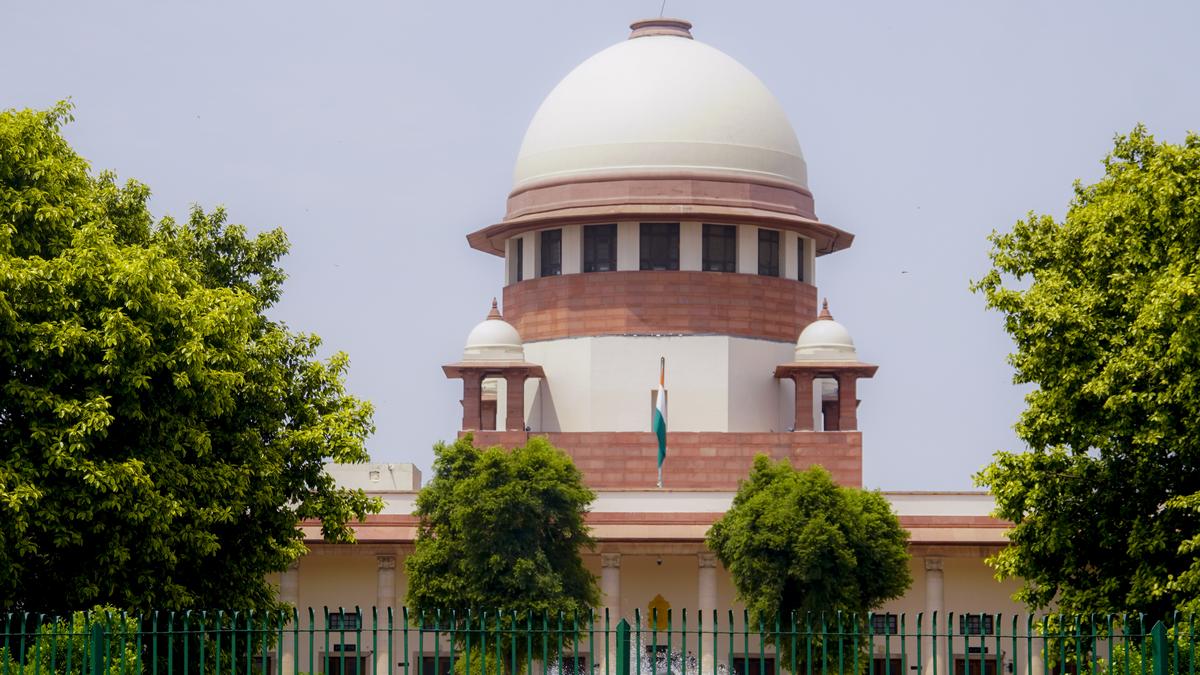





Copyright infringement not intended
Picture Courtesy: timesofindia.indiatimes.com.
Context: The Supreme Court imposed a penalty of ₹2,000 on an advocate on record for sending an ill-prepared junior lawyer to court in his place, who sought an adjournment. An advocate on record is a lawyer authorized to represent clients and file cases in the Supreme Court.
Advocate-on-Record
About
Qualification to become an Advocate-on-Record
The qualification process ensures that individuals in this role have the necessary skills and experience to represent clients effectively in the Supreme Court. Furthermore, the Supreme Court Advocates-On-Record Association (SCAORA) serves as the official association representing and advocating for the interests of Advocates-on-Record in their professional pursuits within the Supreme Court of India.
Must Read Articles:
REVISES GUIDELINES TO DESIGNATE SENIOR ADVOCATES: https://www.iasgyan.in/daily-current-affairs/revises-guidelines-to-designate-senior-advocates
SENIOR ADVOCATES: https://www.iasgyan.in/daily-current-affairs/senior-advocates
|
PRACTICE QUESTION Q. Consider the following statements: Statement 1: The Supreme Court Rules establish that only an Advocate-on-Record can file an appearance or act for a party in the Supreme Court. Statement 2: To become an Advocate-on-Record, an advocate must have a minimum of seven years of practice as an advocate. Which one of the following is correct in respect of the above statements? A) Both Statement-1 and Statement-2 are correct and Statement-2 is the correct explanation for Statement-1 B) Both Statement-1 and Statement-2 are correct and Statement-2 is not the correct explanation for Statement-1 C) Statement-1 is correct but Statement-2 is· incorrect D) Statement-1 is incorrect but Statement-2 is correct Answer: C Explanation: Statement 1 is correct: An Advocate-on-Record is entitled to both act and plead for a party in the Supreme Court of India. The Supreme Court Rules establish that only an Advocate-on-Record can file an appearance or act for a party in the Supreme Court, and no advocate other than an Advocate-on-Record can appear and plead in any matter without being instructed by an Advocate-on-Record. Statement 2 is incorrect: To become an Advocate-on-Record, an advocate must follow a specific qualification process, which includes the following steps: ● The advocate must have a minimum of four years of practice as an advocate. ● After four years of practice, the advocate must undergo training under the guidance of a Senior Advocate-on-Record, indicating their intention to become an Advocate-on-Record. ● Following one year of training, the advocate must pass an examination conducted by the Supreme Court itself. This examination tests their knowledge of court procedures, rules, and relevant legal matters. ● After passing the examination, the advocate must establish a registered office located within a 10-mile radius of the Supreme Court building and employ a registered clerk. ● Once all these requirements are fulfilled, the Chamber Judge of the Supreme Court officially accepts the advocate as an Advocate-on-Record. |
https://theleaflet.in/supreme-court-imposes-cost-on-advocate-on-record-for-letting-a-young-junior-appear-without-papers/




© 2025 iasgyan. All right reserved